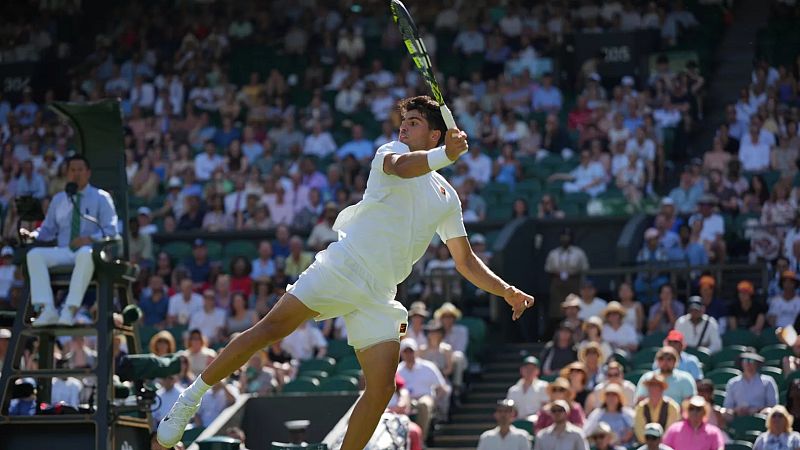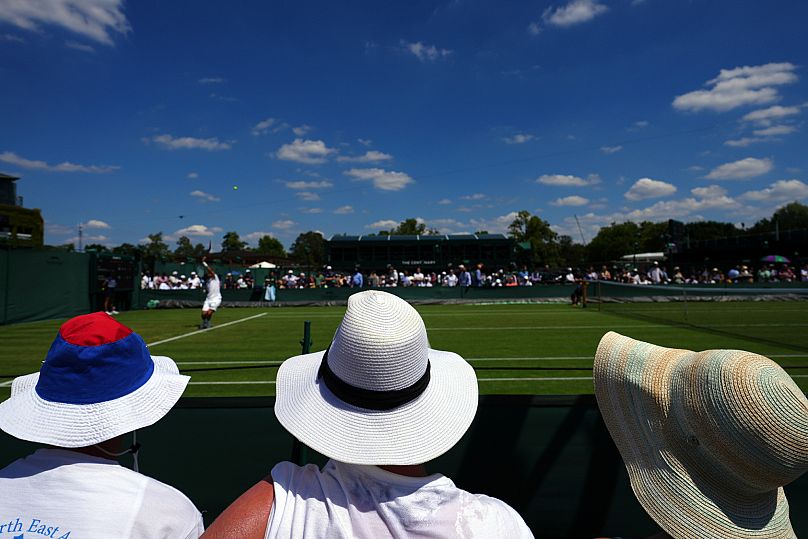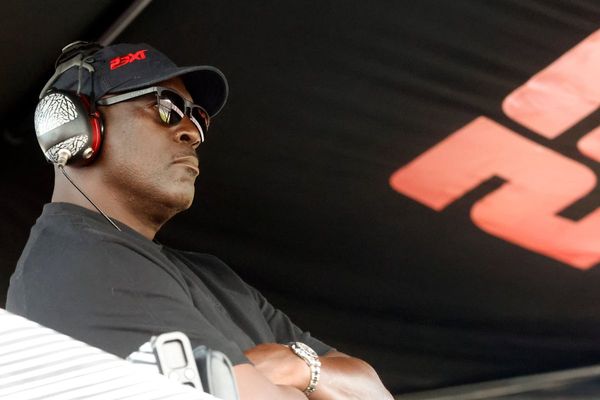
Technology is replacing tradition at the quintessentially British tennis grand slam, Wimbledon.
The rules require players to wear all-white kits, and the tournament is known for serving strawberries and cream on the stands.
But Wimbledon, which started on Monday, is for the first time breaking its 147-year tradition of having line judges in characteristic suits determine if the ball is in or out of bounds. They have been replaced with robots and artificial intelligence (AI) that uses camera footage to track the ball and make calls.
There were some small protests against the technology’s use outside the tournament, while some people on social media said that the missing human judges took the theatrics out of the game.
But players also had some quibbles about the technology.
In the women’s draw, the Chinese player Yuan Yue said that the system was too quiet to hear the line calls.
“The voice, I cannot really hear it, it is a bit too low,” media outlets quoted her as saying. She said she asked the referee to turn up the volume, but that the referee told her he could not.

“I don’t really mind, I just want to hear it clearly. [The umpire’s] voice is a lot more loud than the automatic one so we can hear that clear. Other tournaments don’t really have this problem,” she added.
The technology, electronic line calling, was also used at the Queen’s Club Championship in London earlier this month.
"They have used very calm voices — it sort of sounds like the voice isn't sure," former line judge Pauline Eyre, who worked the lines at Wimbledon for 16 years, told BBC Sport.
"Sort of like it's saying 'Out… I think'. It feels a bit awkward," she added.
“We will use different voices on different courts so there is no confusion across courts that are close together," Eloise Tyson, Head of Communications at Wimbledon, told BBC Sport.
The AI-generated line caller is a recorded voice, but Wimbledon has said it will not make individuals the face of electronic line calling.
Meanwhile, both Fabio Fognini and Carlos Alcaraz questioned the use of the new system in their highly-anticipated first match. However, the human umpire still has the final say.
How does the technology work?
The line-call system was developed by the Sony-owned Hawk-Eye system. It uses AI to analyse footage from up to 18 cameras, which track the ball across the court.
The company says that the tech issues a notification within a tenth of a second if the ball is out and can track the ball to within three millimetres. Live images of the ball can be verified by humans.

Wimbledon is not the only tennis tournament to use tech; the US and Australian Opens use it too.
However, the French Roland Garros tournament has kept its human line judges, with the organisers arguing for keeping with traditions.
Hawk-Eye is also used in sports such as volleyball, football, and rugby.







